Apple has finally lifted the lid on its latest range of iPhones, with the iPhone 12 Pro series finally earning that moniker with forward-thinking features for power users and professionals. The top-end phone is the iPhone 12 Pro Max, with all the company's best new features.
But while the iPhone 12 Pro Max undoubtedly offers incredible performance, it's got top competition: the Samsung Galaxy S20 Ultra ranks highly among 2020’s best mobile phones, and it's another heavyweight champion.
That means it’s time to pit the two against each other to see which comes out on top, or which is best for you if you're on the market for a new super-smartphone.
- What you need to know about the iPhone 12
iPhone 12 Pro Max vs Samsung Galaxy S20 Ultra price and availability
Despite offering an impressive set of upgrades over last year’s iPhone 11 Pro Max, Apple has managed to offer its new, larger handset at the same price as the previous model while also doubling the base storage capacity.
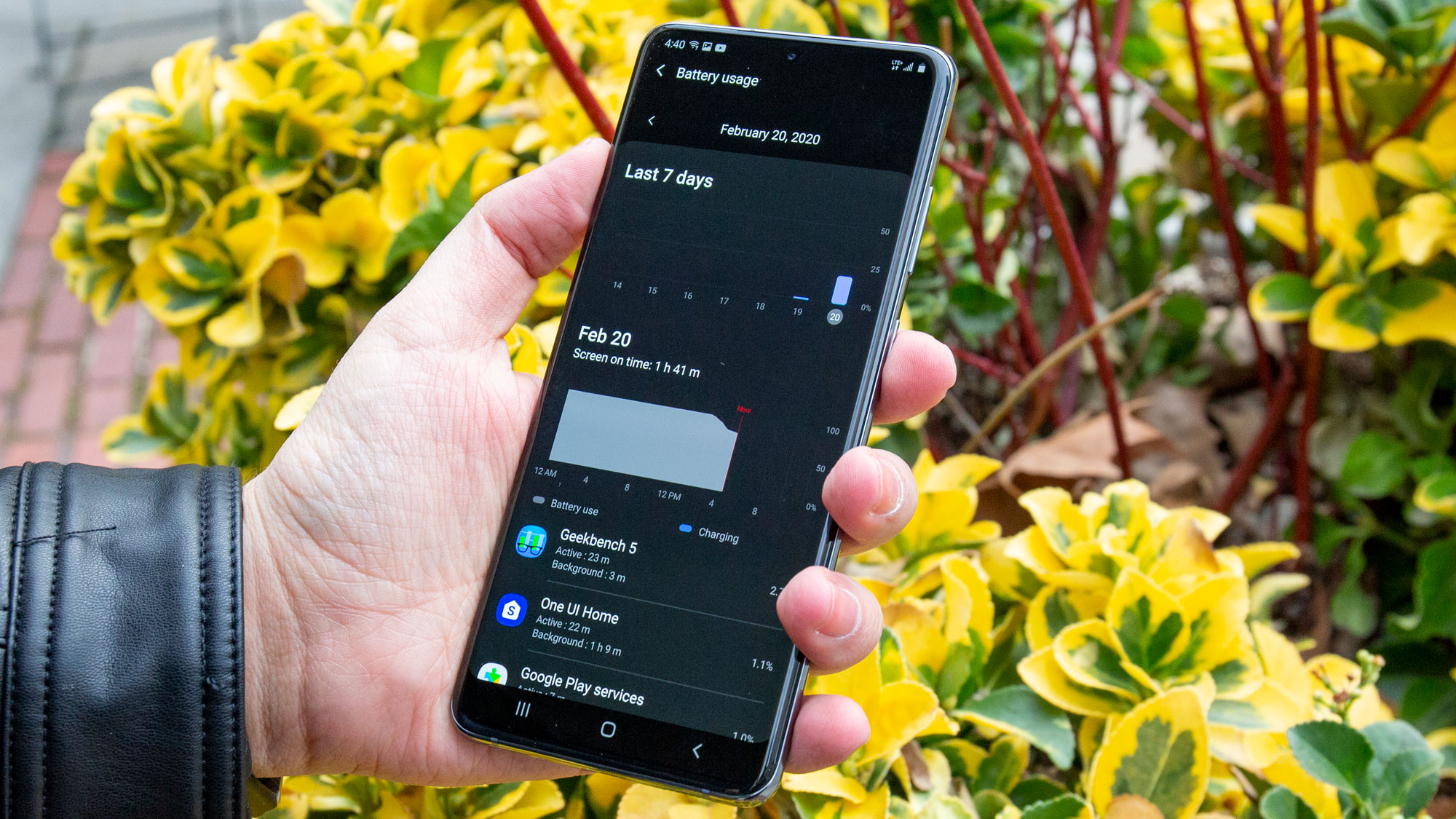
This means the iPhone 12 Pro Max retails at a starting point of $1099 / £1099 / AU$1849, which still isn’t cheap, but you’re at least getting 128GB of storage for that.
There are options that up this further, too, with the 256GB version setting you back $1199 / £1199 / AU$2019 or a 512GB unit for a whopping $1399 / £1399 / AU$2369.
Meanwhile, the Samsung Galaxy S20 Ultra costs $1399.99 / £1199 / AU$1999 for the 5G version with 128GB, or the 512GB for £1399 (it's dependant on your carrier in the US or AU). As we can see, both brands are almost identically priced at the high-end of the market, with the Samsung phone coming in a little pricier.
It’s worth noting, though, that you can boost storage to 1TB in the Galaxy S20 Ultra with a microSD card, something Apple is unlikely to ever allow.
iPhone 12 Pro Max vs Samsung Galaxy S20 Ultra design
Despite the initial outcry when it debuted, Apple hasn’t seen fit to get rid of the controversial notch atop the iPhone 12 Pro Max’s display, while much of the general outline of the phone, too, remains almost identical to what came before.
However, the differences from the iPhone 11 design are in the size and weight, with the iPhone 12 Pro Max adding a slither of extra screen real estate to its 11-series cousin (more on that shortly), so that the device measures 5.78 inches by 2.82 inches.
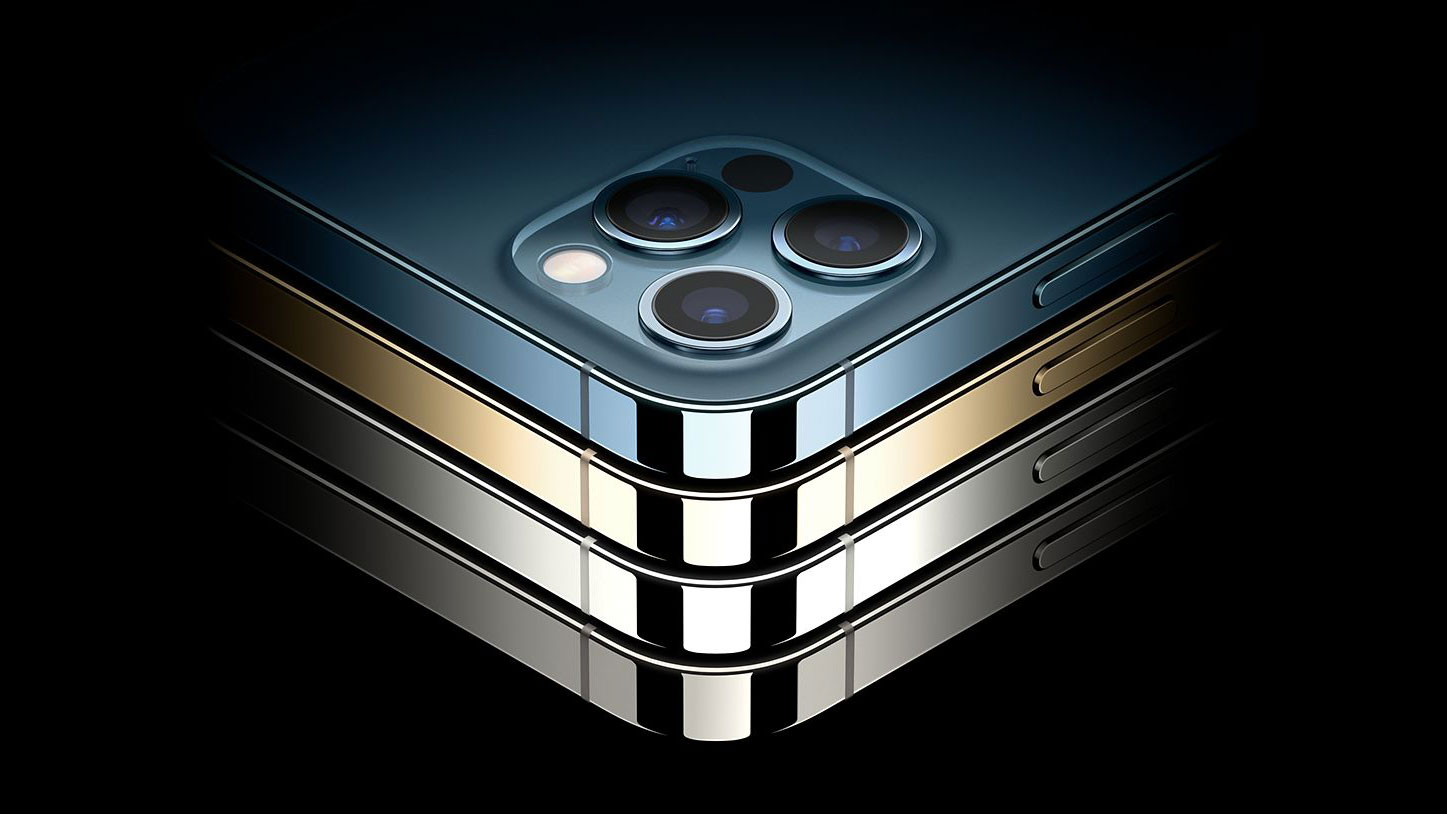
The only other change of real note is in the choice of colors in which the phone is available. Midnight Green is out following its debut last year, replaced by a new Pacific Blue that sits alongside the mainstays of Silver, Graphite and Gold.
Samsung’s offerings are a little less exciting, but look great nonetheless. Cosmic Grey and Cosmic Black are pretty standard fare, but the Cloud White option has a nice pearlescent quality to it in the right light.
Still, design-wise, the S20 Ultra is certainly a looker, forgoing a notch of its own and offering a “hole punch” camera buried within the display itself. Along with the edge-to-edge display, it offers a truly immersive experience, with a fingerprint scanner for security.
Neither phone has a 3.5mm headphone jack, and the Samsung phone has a USB-C port, while the Apple device instead packs the company's proprietary Lightning Port.
iPhone 12 Pro Max vs Samsung Galaxy S20 Ultra display
The iPhone 12 Pro Max represents a modest step up from the 11 Pro Max's 6.5-inch display up to 6.7-inches, making it not all that much smaller than an iPad Mini, as those have 7.9-inch screens.
With a 2778 x 1284 resolution, the phone's Super Retina XDR screen is an OLED panel, presenting great color accuracy, impressive brightness and HDR support.
Meanwhile, the Samsung Galaxy S20 Ultra offers a huge 6.9-inch AMOLED display, and it too is packed with great features such as a 3200 x 1440p resolution and a 120Hz refresh rate.
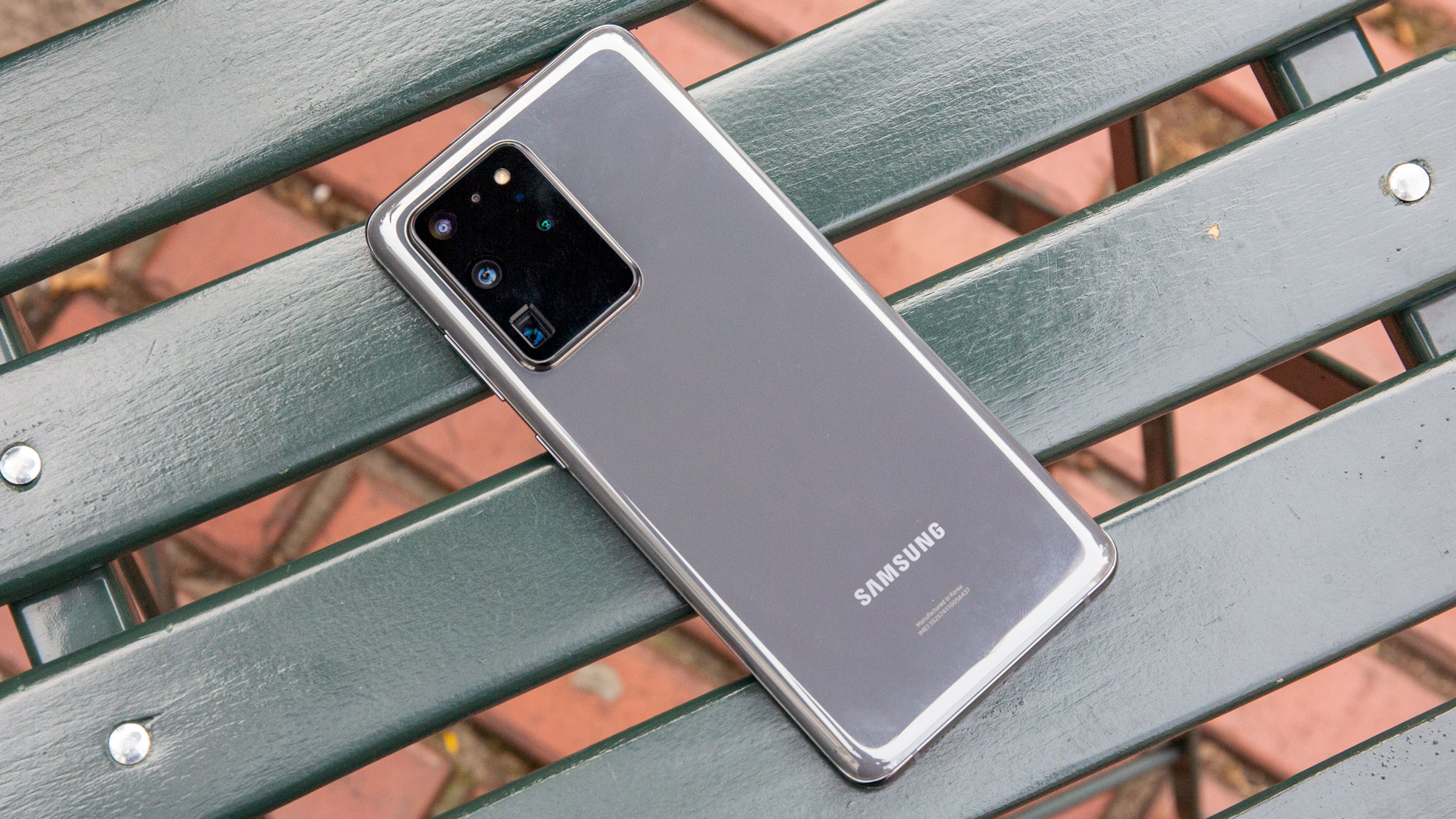
That refresh rate makes the device feel super-responsive, so much so that it feels like it knows what you want to do before you do it – but this does come at the cost of battery life.
Still, for binge-watching your favorite TV shows, neither of these devices will let you down. The aforementioned notch and punch-hole might sway your allegiance one way or the other though.
iPhone 12 Pro Max vs Samsung Galaxy S20 Ultra cameras and battery life
Let’s get the big news out of the way: the iPhone 12 Pro Max doesn’t include a power adapter (or EarPods) in the box. Apple says this is a result of the company trying to minimizing waste, but you’ll need to charge via USB unless you have one lying around.
Despite many hoping that this would be the year that the iPhone moved to USB-C connectivity, Apple stuck with Lightning. Wireless charging is available, with Apple’s new MagSafe technology ensuring a more secure and powerful charge, but you'll need to use a MagSafe wireless charger to reach 15W wireless powering - otherwise you're on a slow 7.5W
For wired charging, you’ll need to invest in a fast-charge capable power adapter to be able to charge the phone to 50% in around 30 minutes which is the advertised speed. Still, once it’s charged, you’ll be able to enjoy around 20 hours of video playback on the device according to Apple.
The S20 Ultra does include a charger in the box, and a pair of AKG earphones, too. It also has a 5000mAh battery, from which you’ll get around 25 hours of talk time.
40W fast charging is available right out of the box, as well as 15W wireless powering and reverse power-sharing at 4.5W, which lets you use the S20 Ultra as a charging pad to power up other devices.
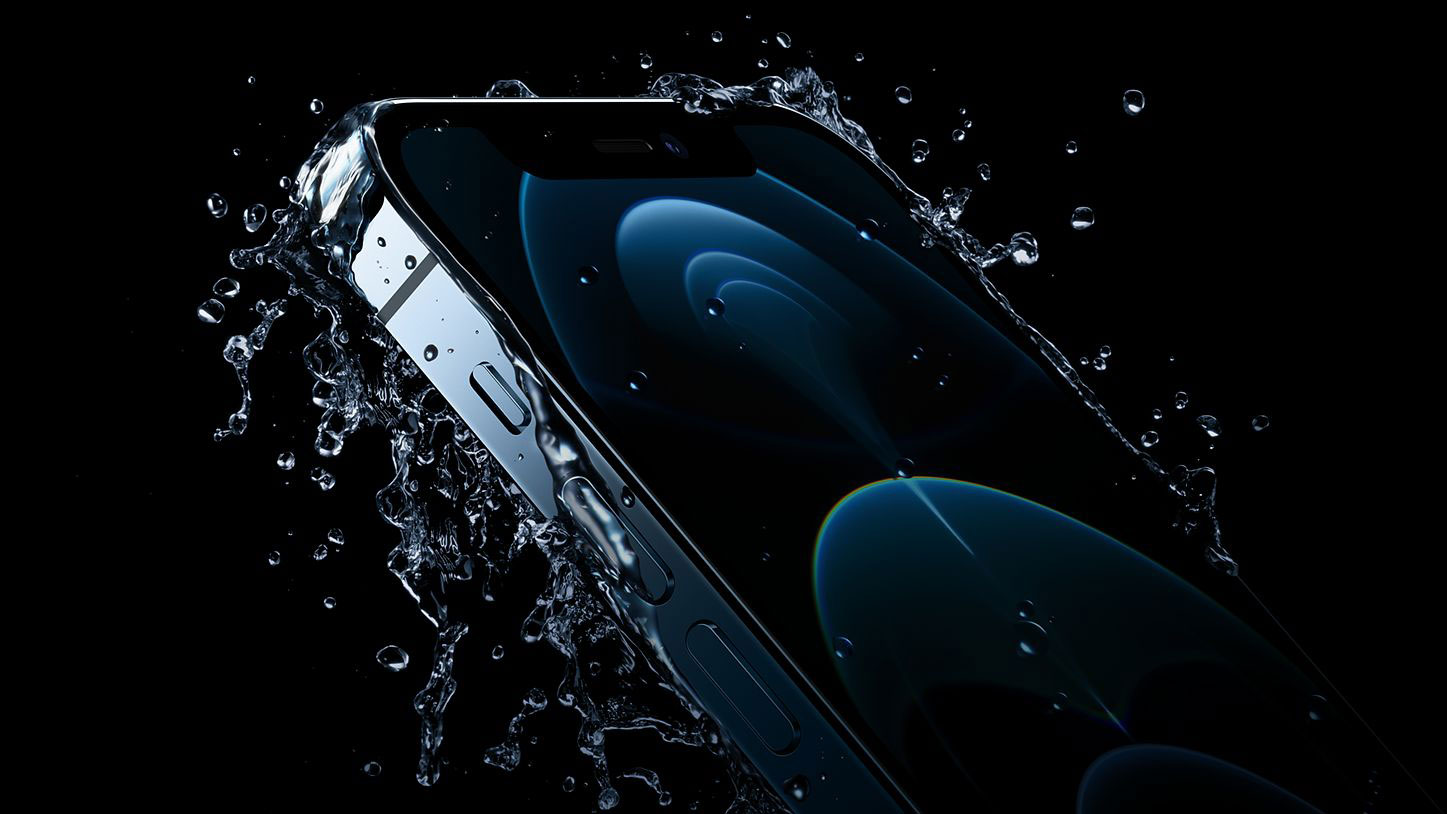
As for cameras, the raw numbers certainly don’t tell the entire story. Apple’s phone offers three 12MP rear sensors paired with the same Ultra Wide, Wide, and Telephoto cameras from last year, but the 12 Pro Max offers up to 12x digital zoom on the latter, which the iPhone 11 Pro Max didn't reach.
You also get 2.5x optical zoom in, 2x optical zoom out, and 5x optical zoom range and there's a LiDAR scanner to help with depth-sensing and AR.
On the Samsung Galaxy S20 Ultra, there’s a quad-camera array featuring 108MP main, 12MP ultra-wide and 48MP telephoto cameras, the latter boasting the ability to zoom up to 10 times without any loss in quality, or up to 100 times if distortion isn’t an issue. The final snapper is a 0.3MP 'Time of Flight' sensor for improved depth sensing.
The S20 Ultra can also shoot 8K video (the iPhone remains at 4K), but the iPhone can record (and edit) Dolby Vision HDR.
Finally, the iPhone 12 Pro Max offers a 12MP front-facing TrueDepth camera for FaceID, while the S20 Ultra offers an impressive 40MP front-facing camera.
iPhone 12 Pro Max vs Samsung Galaxy S20 Ultra specs and features
As you may have gathered, these devices pack an incredible amount of tech into what are – despite their screen sizes – small packages.
Both offer 5G connectivity, which ensures lightning-fast downloads and uploads in areas that support it, but can add a premium onto your monthly bill depending on your network of choice.
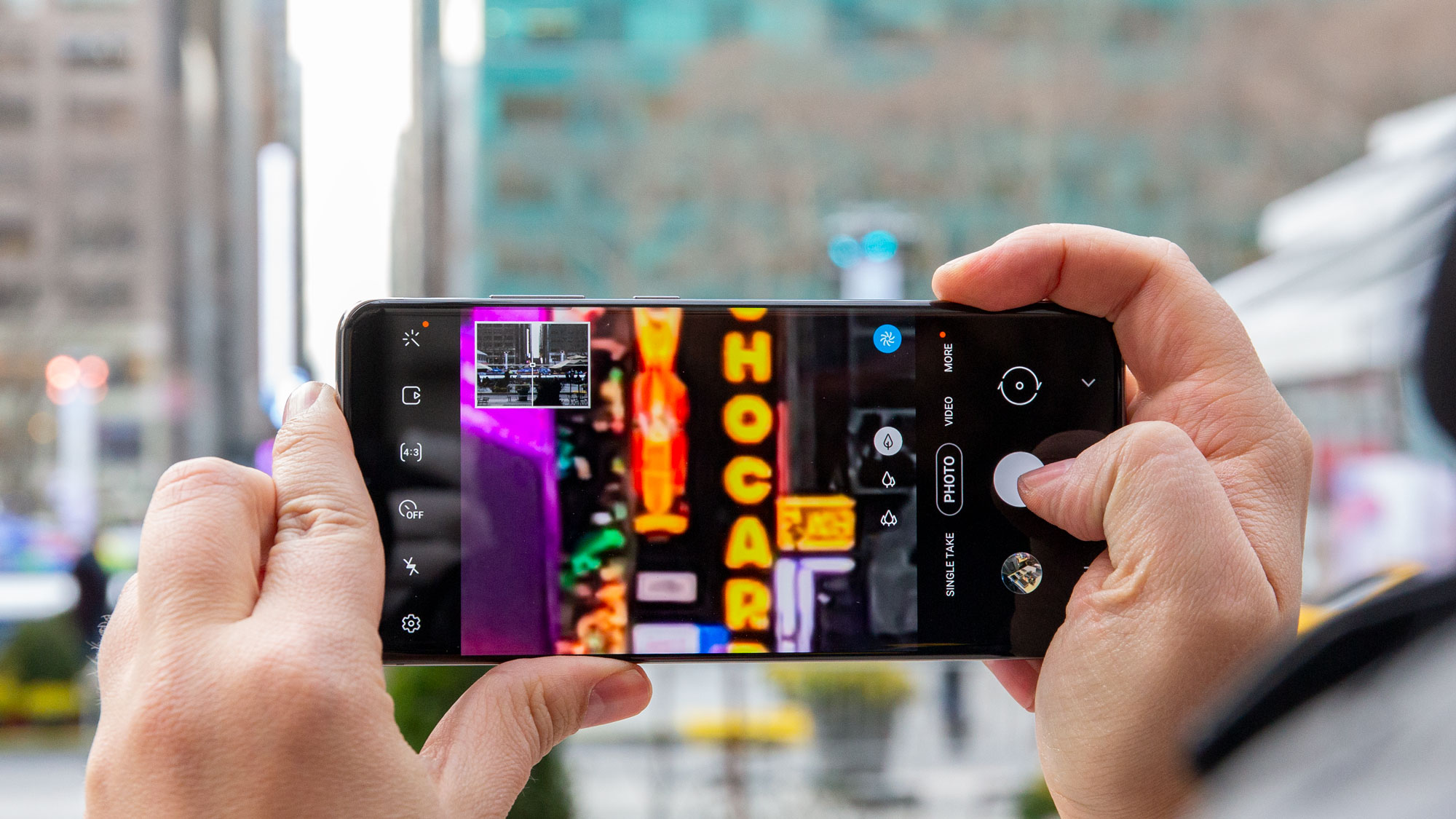
The S20 Ultra is an Android phone running Android 10, which means for fans of Google’s mobile OS, the choice is a simple one. The phone offers excellent gaming performance, and the bright screen and excellent suite of cameras make it ideal for “point and shoot” excursions and editing on-the-fly.
If you’re locked into Apple’s ecosystem, then the iPhone 12 Pro Max is the best it gets, and it comes on iOS 14. The sizeable display, new A14 Bionic processor, and a wide variety of photography tricks make it Apple’s finest (and largest) handset yet.
iPhone 12 Pro Max Vs Samsung Galaxy S20 Ultra takeaway
Let’s be honest, you’re unlikely to go far wrong picking up either of these devices – which is the way it should be when you consider the price you’ll be paying.
While Samsung’s Galaxy S20 Ultra has the edge when it comes to more megapixels and a larger display, which of the devices you go for will really come down to your choice of operating system.
Both the iPhone 12 Pro Max and the Samsung Galaxy S20 Ultra are premium phones, full to the brim with top features. Thankfully, there’s room enough in the market for both.
- There's a new iPhone 12 mini too
from TechRadar - All the latest technology news https://ift.tt/2SV32HN


No comments:
Post a Comment